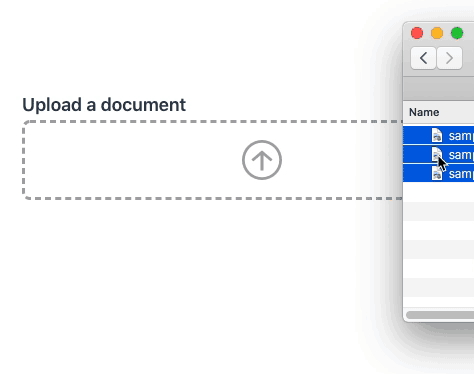53 lines
3.0 KiB
Markdown
53 lines
3.0 KiB
Markdown
<p align="center"><a href="https://vueformulate.com" target="_blank" rel="noopener noreferrer"><img width="100" src="https://assets.wearebraid.com/vue-formulate/logo.png" alt="VueFormulate"></a></p>
|
|
|
|
<p align="center">
|
|
<a href="https://travis-ci.org/wearebraid/vue-formulate"><img src="https://travis-ci.org/wearebraid/vue-formulate.svg?branch=master"></a>
|
|
<a href="https://www.npmjs.com/package/@braid/vue-formulate"><img alt="npm" src="https://img.shields.io/npm/v/@braid/vue-formulate"></a>
|
|
<a href="https://github.com/wearebraid/vue-formulate"><img alt="GitHub" src="https://img.shields.io/github/license/wearebraid/vue-formulate"></a>
|
|
<a href=""><img src="https://img.badgesize.io/wearebraid/vue-formulate/master/dist/formulate.esm.js.svg?compression=gzip&label=gzip"></a>
|
|
</p>
|
|
|
|
<p align="center">
|
|
<a href="https://vueformulate.com">Documentation Website</a>
|
|
</p>
|
|
|
|
### What is Vue Formulate?
|
|
|
|
Vue Formulate is the easiest way to build forms using Vue. Key features include
|
|
form and field validation, file uploads, form generation, single-element inputs that support labels, help text, error messages, placeholders and more, and [comprehensive documentation](https://vueformulate.com) for use within your own projects.
|
|
|
|
### Vue Formulate lets you:
|
|
✓ Create any input element with a single component<br>
|
|
✓ Use `v-model` [binding](https://vueformulate.com/guide/#model-binding) on fields and entire forms<br>
|
|
✓ [Re-populate an entire form](https://vueformulate.com//guide/forms/#setting-initial-values) from a single object<br>
|
|
✓ [Generate a form](https://vueformulate.com//guide/forms/#generating-forms) using json<br>
|
|
✓ Easily add field labels<br>
|
|
✓ Easily add help text<br>
|
|
✓ Easily add [form validation](https://vueformulate.com//guide/validation)<br>
|
|
✓ Easily add [custom validation](https://vueformulate.com//guide/validation/#custom-validation-rules) rules<br>
|
|
✓ Easily create custom [validation messages](https://vueformulate.com//guide/validation/#customize-validation-messages)<br>
|
|
✓ Easily create [custom inputs](https://vueformulate.com//guide/custom-inputs)
|
|
|
|
There's a lot more available to read at the comprehensive [documentation website](https://vueformulate.com).
|
|
|
|
v-model an entire form | Well-considered file uploads
|
|
:-------------------------:|:------------------------------:
|
|
 | 
|
|
|
|
### How is Vue Formulate used?
|
|
|
|
The syntax is what developers would expect. To create an input you use the `FormulateInput` element and provide it with a few props:
|
|
|
|
```vue
|
|
<FormulateInput
|
|
v-model="value"
|
|
type="email"
|
|
name="email"
|
|
label="What is your email address"
|
|
help="Where should we contact you?"
|
|
validation="required|email"
|
|
/>
|
|
```
|
|
|
|
Collecting multiple `FormulateInput` elements within a single `FormulateForm` element (even deeply nested) allows you to `v-model` your entire form.
|